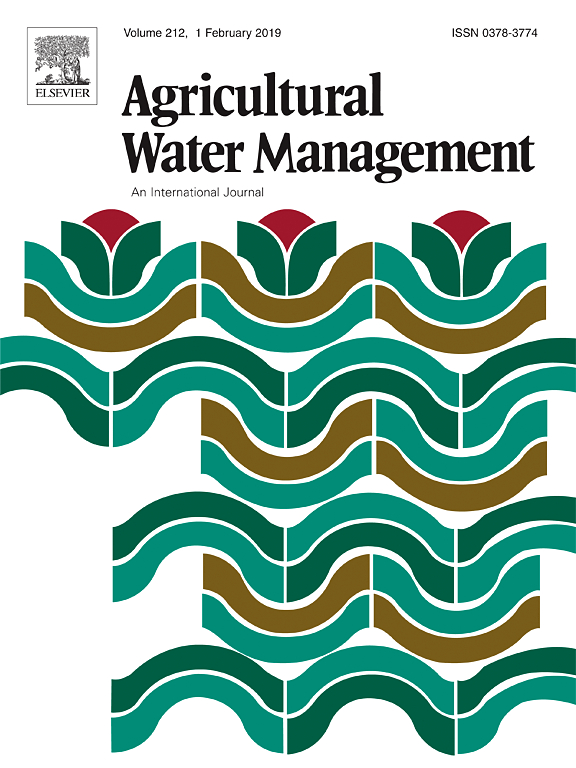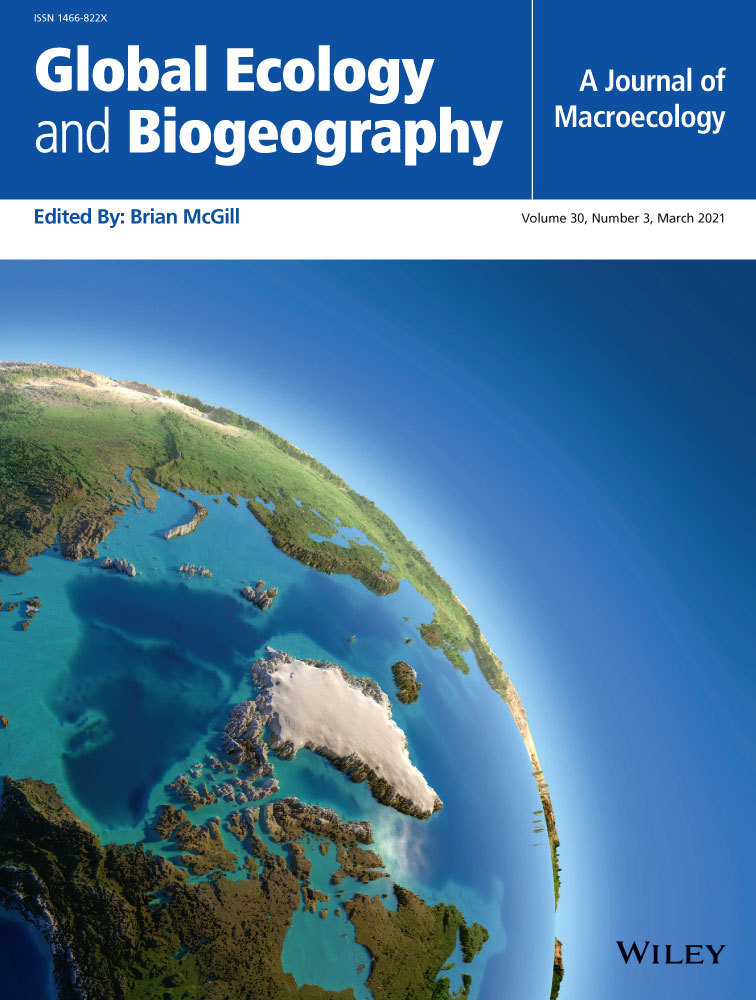Faidherbia albida tree is known for its positive influence on most crops due to reverse leafing phenology. This study aimed at investigating the impact of pollarding F. albida on tree growth, wheat physiological performance and soil conditions. The study was conducted from June 2015 to October 2016 in Ejerssa Joro, a semi-arid region of Ethiopia. Leaflet per twig were scored. Sap flow volume and radial cambium growth were measured. Experimental design was employed with 1m2 areas under non-pollarded and pollarded trees from three directions and from different distances. Soil moisture, photosynthetically Active Radiation (PAR), air temperature and relative humidity (RH) were measured. Soil physicochemical properties were analysed. Wheat growth and physiology were measured. Sap volume in non-pollarded was 4590 L month−1 in January 2016 when the tree was fully foliated. Despite the spatiotemporal differences in leaflet per twigs between and within the trees, complete reverse leaf phenology was not observed during the study periods. Cambium growth was affected by pollarding F. albida. The PAR level and midday air temperature under non-pollarded were reduced by 77% and 6%, respectively. On the other hand, RH in dry periods and soil moisture in July under non-pollarded were higher by 15% and 42%, respectively. Most of the soil macronutrients found under non-pollarded trees ranged from moderate to high. The SPAD reading, shoot height and number tillers were significantly (p
DOI:
https://doi.org/10.1007/s10457-023-00948-7
Altmetric score:
Dimensions Citation Count:
























